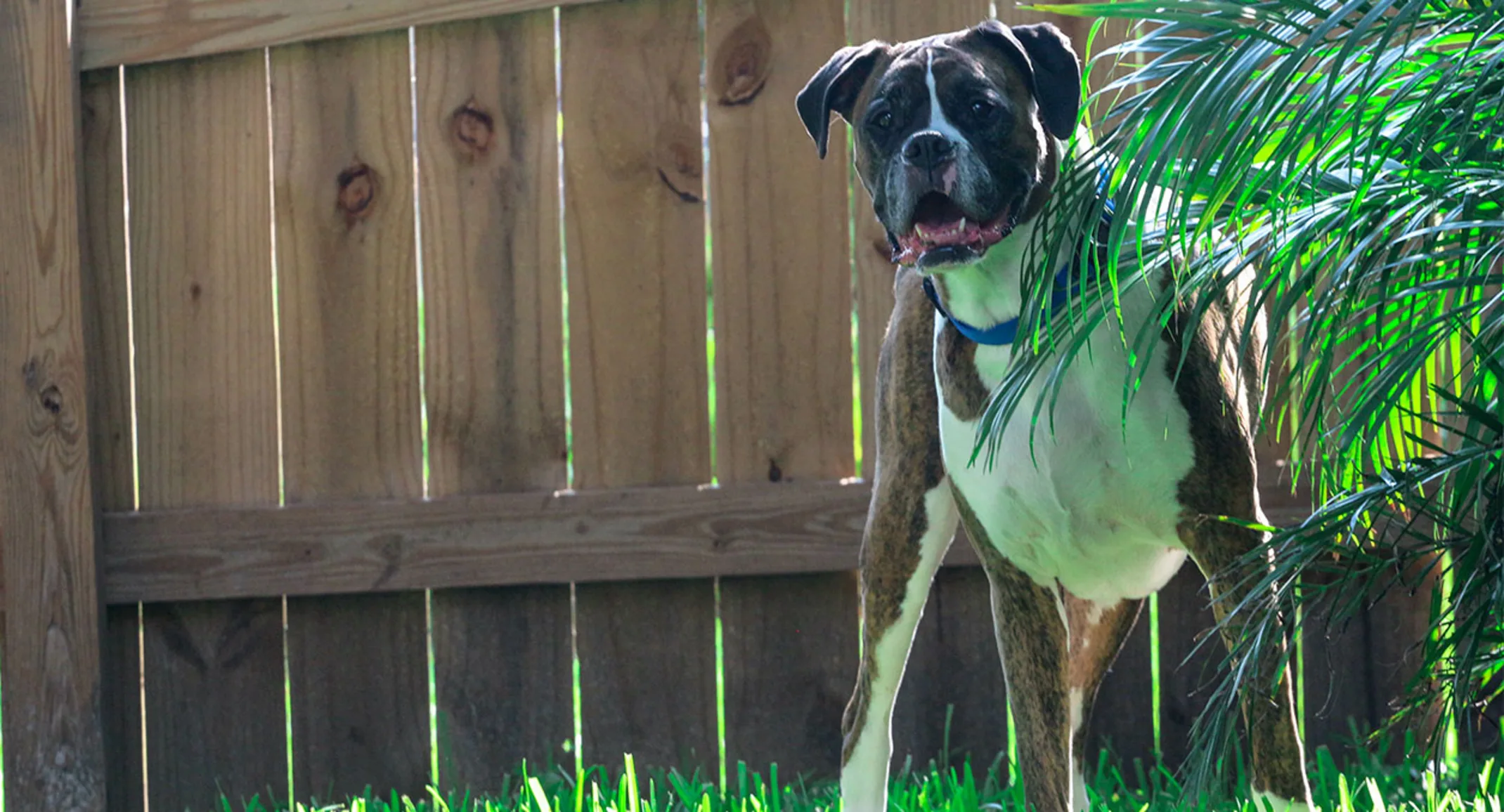How to Pet-Proof Your Home
Tips and Tricks

Bringing home a new cat, dog, or other small pet takes a lot of preparation, and that includes pet-proofing your home. Pets are naturally curious and like to explore their environment—usually with their mouths—which can get them in trouble. As a pet owner, you are responsible for ensuring your furry family member’s safety at home. Try to see your home environment from your pet’s perspective—while many items may seem perfectly safe to you, they could pose dangers to your curious pet. Follow these pet-proofing tips to keep your furry companion safe from hidden hazards in your home.
#1: Keep toxic foods away from pets
For many families, the kitchen is the home’s hub. Whether making a quick breakfast, or scrubbing dishes after a decadent dinner, a pet is likely nearby, ready to gobble up any tasty morsels that come their way. While you may be tempted to toss your pet some table scraps, keep in mind that many foods we eat contain ingredients that are toxic to pets. Some common foods that can harm pets include:
Chocolate — The chocolate types most toxic to pets are unsweetened, bitter, and dark blends, which contain high levels of theobromine, a chemical stimulant that can harm a dog's gut, heart, central nervous system, and kidneys. Cats are less likely to eat chocolate, but if they ingest this ingredient, they may be adversely affected.
Grapes and raisins — Cats and dogs can suffer from acute kidney failure from eating grapes or raisins.
Xylitol — Xylitol (i.e., birch sugar) is a common sugar substitute you must prevent your pet from ingesting. Xylitol is often used to sweeten sugar-free gum, candies, mints, and snack foods. Pets who consume xylitol suffer a rapid and severe drop in blood glucose, and can experience acute liver failure.
Garlic — Onions, garlic, chives, and leeks are in the allium family, and can cause dogs and cats to develop anemia.
To keep your pet safe, avoid sharing your food with them, clear the table of all food and beverages after a meal, and keep your trash tightly covered or secured behind a door fitted with a childproof latch.
#2: Ensure pets cannot access medications
Human prescription and over-the-counter (OTC) medications can cause pets serious harm. Properly storing medications is essential to pet-proofing your home. Common OTC medications that are especially toxic to pets include:
Nonsteroidal anti-inflammatories (NSAIDs) — Humans frequently take NSAIDs for pain. However, if your pet ingests as few as one or two pills of ibuprofen (e.g., Advil or Motrin) or naproxen (e.g., Aleve), they can develop stomach ulcers or kidney failure.
Acetaminophen — Acetaminophen (e.g., Tylenol) is a popular pain reliever that is especially dangerous for cats. Acetaminophen damages cats’ red blood cells, impairing these cells’ ability to carry oxygen. Dogs who ingest acetaminophen can develop liver failure, and if they swallow a large dose, can develop red blood cell damage.
Decongestants —Decongestants have stimulant-like effects, and can be harmful or deadly to pets.
Attention deficit disorder (ADD) and attention deficit hyperactivity disorder (ADHD) medications —These medications contain stimulants, such as amphetamines and methylphenidate, and can cause pets to experience life-threatening tremors, seizures, elevated body temperatures, and heart problems.
To prevent your pet from inadvertently ingesting medication, always store drugs securely in cabinets, and never give your pet human medication before consulting your veterinarian.
#3: Keep your pet safe by covering electrical cords
A playful puppy or kitten who mistakes a cord for a chew toy can receive a life-threatening shock after gnawing a plugged-in electrical cord. Eliminate this potential danger by covering cords in chew-proof covers or protectors. You can also spray cords with pet-safe taste deterrents to discourage your pet from chewing them.
#4: Choose pet-friendly plants
Plants and flower arrangements add beauty to your home, but many varieties can be toxic to cats and dogs. When choosing indoor plants, consider pet-friendly options. If you are not sure which plants are safe for your pet, a full searchable list is available from the American Society for the Prevention of Cruelty to Animals (ASPCA) Poisonous Plant Guide. Some plants that are toxic to pets include:
Lilies — Lilies are highly toxic to cats, and they can develop severe kidney damage if they ingest only a small amount.
Marijuana — Marijuana can cause pets to experience central nervous system depression, incoordination, vomiting, and incontinence.
Snake plant — This common houseplant can cause pets to experience vomiting, diarrhea, and nausea.
Aloe — Aloe plant leaves have an edible interior gel-like substance, but if dogs or cats ingest other parts of this plant, they can experience vomiting or diarrhea.
#5: Hide hazardous household items from your pet
You should keep some household products out of your pet’s sight and reach. Although you may purchase cleaning products that are pet-safe, ensure you store them appropriately. Common household items that can be deadly to pets include:
Paint
Glue
Cleaning products that are not pet-safe
Antifreeze
Coolant
Pesticides and rodenticides
#6: Ensure your pet cannot escape your yard
When you fully enclose your yard, your dog can enjoy playing outside with no risk of getting loose and hit by a car, stolen, or lost indefinitely. A sturdy fence—high enough that your pet cannot jump over—is the safest way to keep them in the yard. Inspect the fence perimeter often for potential escape routes such as broken fence sections, or gaps between the fence and the ground. If you want to provide your cat some fresh air while keeping them safe, consider installing an enclosed outdoor catio (i.e., cat patio). Pet-proof your home to ensure your pet’s safety, and prevent a potential emergency. Of course, an accident can happen no matter how diligently you pet-proof your home. If your pet is injured or ingests a toxic substance, use this locator to find the emergency veterinary hospital nearest you.
